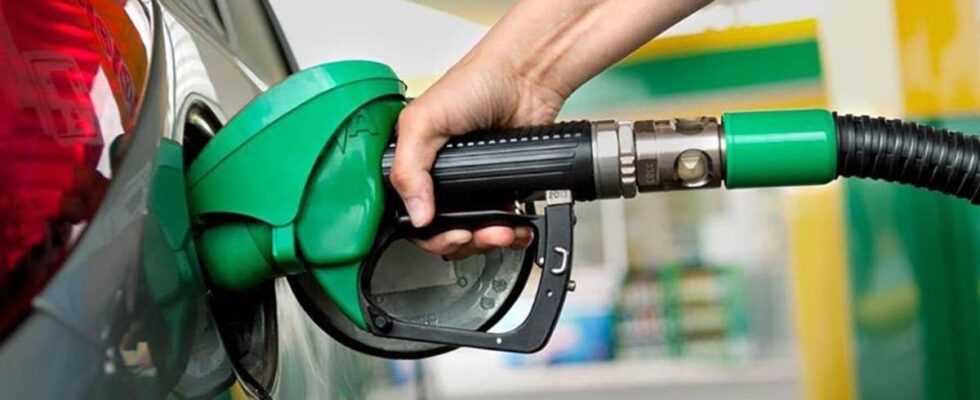ARM Engineering, a technology company dedicated to the automotive sector, has developed a solution to make thermal and electric engines run on biofuel. Lower CO2 and increased power are on the program.
The solution proposed by ARM Engineering could be a way to meet European environmental requirements. The latter, imposing increasingly drastic antipollution standards, sign the end of heat engines by 2040. However, many questions remain about the existing fleet of millions of vehicles already in circulation and in good condition.
With its know-how in converting heat engines to E85 superethanol, ARM Engineering has focused its research on the development of a second generation biofuel and its application to thermal and electric vehicles. The result of his research is called G-H3. If the name recalls that of a hybrid camera, it is actually a synthetic fuel, also known as eFuel, consisting of methanol. The methane necessary for its production is produced by non-food biomass. This biofuel is compatible with heat engines of heavy and light vehicles, but also, associated with a fuel cell, with electric motors. Indeed, composed of four hydrogen atoms, G-H3 allows, by high temperature and exchange of hydrogen protons, to create an electric power of 5 kW.
Less polluting than eFuel
Compared to eFuel which implements a process capturing CO2 in the air to make fuel (reaction between H2 and CO2 to give CH3OH), G-H3 seems to be a less energy-consuming alternative. ARM Engineering highlights a carbon footprint of just 18g of CO2 per megajoule from source to wheel – compared to 86g for fossil fuels, 34g for first generation biofuels like bioethanol and 664g per kilowatt – hour for gray hydrogen. Marc Lamber, the founder adds: “This carbon footprint could be further reduced by locating the process for converting methane into liquid in French agricultural areas. At present, thanks to our solution, we could consider saving, or at least slowing down, the destruction of the vehicle fleet and continuing to use thermal engines by making them less polluting than an electric vehicle of today. . ”
To back up his claims, ARM Engineering has developed a Renault Zoe R135 equipped with a fuel cell powered by G-H3. If this car is for the moment only a prototype and stores its 40 l in the trunk, the advantages put forward by the company seem to be as follows: an 80% reduction in CO2 emissions compared to a vehicle hydrogen (2 kg of CO2 for 100 km with G-H3 against 10 kg with H2), a tank filling in one minute and a manufacturing cost of around € 0.35 per liter – one liter allowing autonomy about 10 km. However, the most notable advantage of the G-H3 appears to be its ability to run a conventional heat engine.
An attractive track for millions of motorists
Thus, ARM Engineering adapted a Twingo 1.0 SCe 71 hp and simply changed its calculator so that it takes into account the higher octane number (109). The result is interesting since, after passing the test bench, not only does the car emit 95% less CO2 than ordinary gasoline and 50% less than E85, but in addition it is more efficient with a gain of 7 hp. and 8 Nm of additional torque.
Currently in the test phase, the solution developed by ARM Engineering could bring a real breath of fresh air to an industry under pressure knowing that, according to a report by the Parliamentary Office for the Evaluation of Scientific and Technological Choices, the end of engines thermal could cost the State 500 billion euros. As part of the national France Relance strategy, the latter is investing 420 million euros to accelerate the development of industrial biotechnologies and the manufacture of bio-based products in France. Biofuel is one of them …
